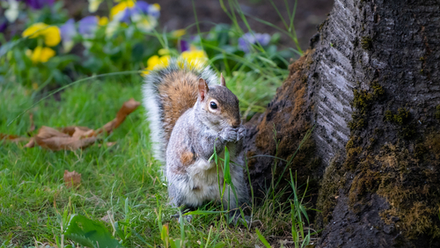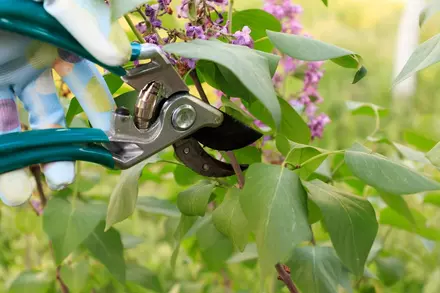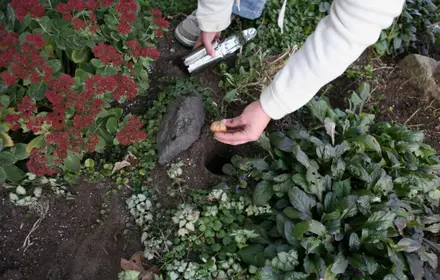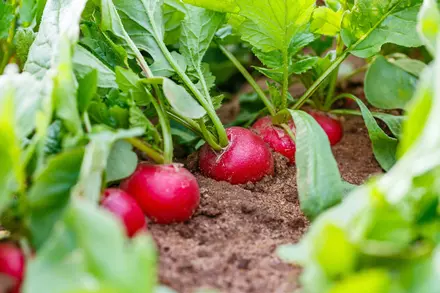Tips for Welcoming Autumn's Wildlife

As the days grow shorter and the air turns crisp, your garden takes on a new life in the autumn season. It becomes a sanctuary for various forms of wildlife seeking refuge and sustenance before winter arrives. In this blog, we'll explore the kinds of wildlife you can expect to encounter in your garden during the fall and offer tips on how to help them thrive during this season.
Who Visits Your Autumn Garden?
Autumn brings a unique set of visitors to your garden, each seeking something different. Here are some of the common wildlife you might encounter:
1. Migratory Birds
Many bird species are on the move during the fall, heading to warmer climates. Your garden can serve as a pit stop for these travelers, providing them with essential food and shelter. Consider planting native berries and seeds, and keep bird feeders stocked.
2. Butterflies and Bees
As the days grow cooler, some butterflies, like Monarchs, embark on long migrations. Nectar-rich fall flowers such as asters, sedum, and goldenrods can help sustain them during their journey. Late-blooming plants also benefit bees looking to stock up on pollen before winter.
3. Frogs and Toads
Amphibians such as frogs and toads are still active in the garden during the fall. Providing a water source like a small pond or water feature can be a refuge for them.
4. Insects and Spiders
Many insects and spiders are preparing for winter. Leave some garden debris undisturbed, as it can serve as shelter for these beneficial creatures.
5. Small Mammals
Squirrels, chipmunks, and other small mammals are busy collecting and storing food for the winter. You can help by leaving fallen leaves and providing access to nuts or seeds.
How to Support Autumn Wildlife in Your Garden
Now that you know who's visiting your garden in the fall, here are some tips to make your garden a welcoming haven for them:
1. Plant Fall-Blooming Flowers
Choose late-blooming flowers like chrysanthemums, sedum, and asters to provide nectar for butterflies and bees.
2. Offer Food and Water
Keep bird feeders filled with seeds and provide fresh water in birdbaths or shallow dishes. This helps migratory birds refuel before their journey.
3. Leave Some Wild Corners
Resist the urge to tidy up your garden completely. Leave some leaves, dead plants, and decaying wood, which can provide shelter and food for insects and small mammals.
4. Be Mindful of Pesticides
Avoid using pesticides and herbicides during the fall, as they can harm the very creatures you're trying to support.
5. Build Nesting Sites
Install birdhouses, bat boxes, and bug hotels to offer shelter and nesting opportunities for wildlife looking to overwinter.
6. Educate Yourself and Others
Learn about the specific needs of wildlife in your region during the fall and share your knowledge with friends and neighbors. Encourage them to create wildlife-friendly gardens as well.
Autumn is a magical time in the garden, with wildlife bustling about as they prepare for the winter months. By making a few thoughtful choices in your garden design and maintenance, you can create a welcoming space for migratory birds, butterflies, amphibians, insects, and small mammals. Your garden will not only be a source of beauty but also a vital refuge for these creatures as they navigate the challenges of the changing season.



